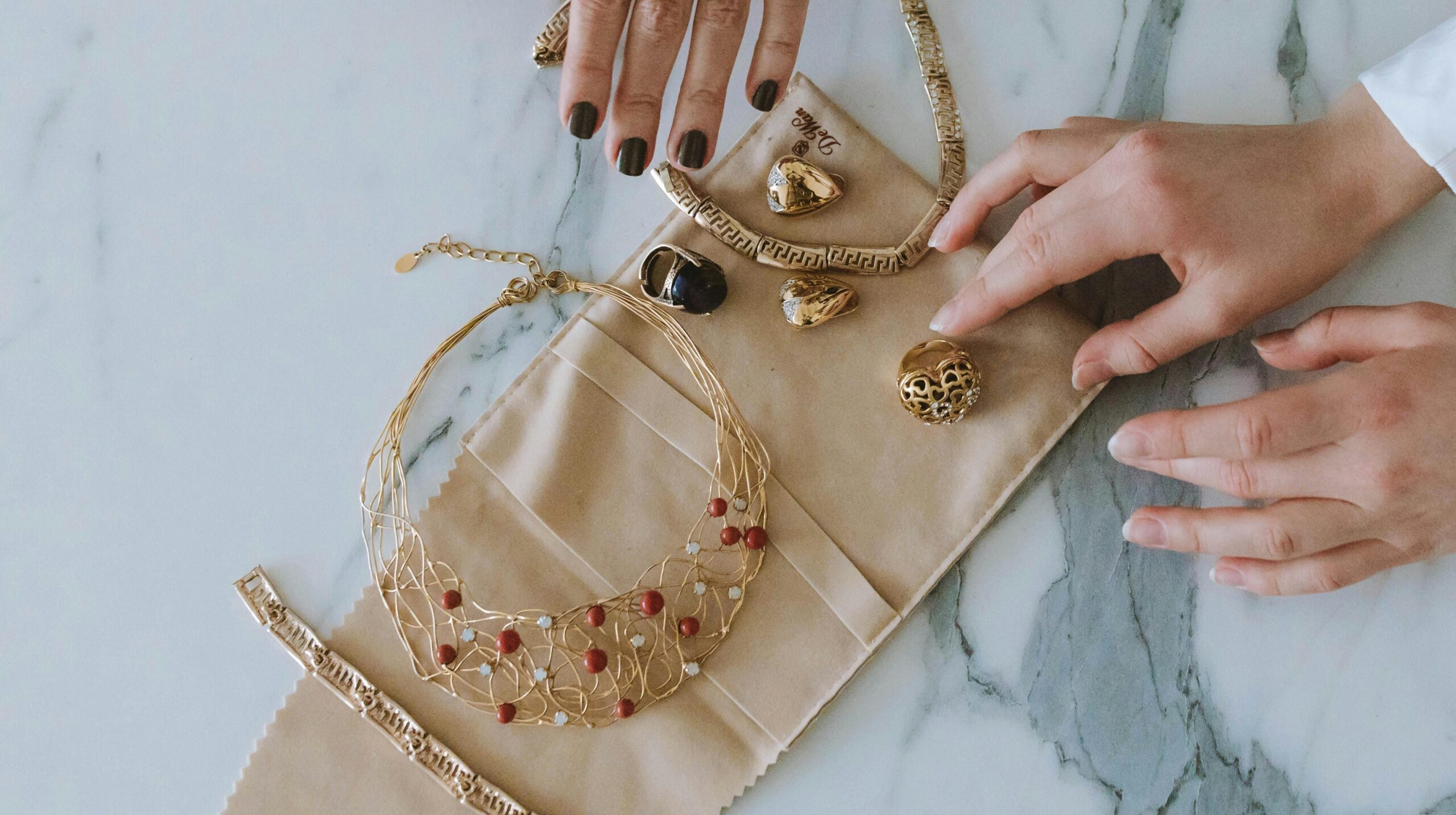فهم الأصناف
يأتي الذهب، وهو أحد أكثر المعادن قيمة في تاريخ البشرية، بأشكال وقيراطات مختلفة تلبي مختلف الأذواق والاحتياجات. ومن التصاميم المعقدة في المجوهرات إلى درجات الجودة المميزة التي تميز القيراط، فإن فهم هذه الجوانب هو مفتاح تقدير الذهب والاستثمار فيه.
الأشكال والأشكال الشائعة للذهب
يمكن تشكيل الذهب بأشكال عديدة، كل منها يخدم أغراضاً مختلفة ويحمل جاذبيته الخاصة. وفيما يلي بعض الأشكال الأكثر شيوعاً:
سبائك الذهب والسبائك:
- سبائك الذهب، والمعروفة أيضاً باسم السبائك، هي شكل شائع من أشكال الذهب المستخدم للاستثمار. وتتراوح أحجامها من غرامات صغيرة إلى كيلوغرامات كبيرة وعادةً ما يتم ختمها بوزنها ونقاوتها. وتُقدّر سبائك الذهب لإمكانية الاستثمار المباشر فيها، حيث توفر أصلاً ملموساً يمكن تخزينه بسهولة.

عملات ذهبية:
- تُعد العملات الذهبية شكلاً آخر من أشكال الاستثمار، وغالباً ما يكون الوصول إليها أكثر سهولة من السبائك الكبيرة. فالعملات المعدنية مثل النسر الأمريكي والمابل ليف الكندي والكروجراند الجنوب أفريقي معروفة على نطاق واسع ويتم تداولها على مستوى العالم. وبالإضافة إلى محتواها من الذهب، تحمل بعض العملات المعدنية قيمة نقدية، مما يجعلها قطعاً قابلة للتحصيل أيضاً.

المجوهرات الذهبية:
- ربما تكون المجوهرات الذهبية هي أكثر أشكال الذهب شيوعاً وأهمية من الناحية الثقافية. فهي تأتي في تصاميم لا حصر لها، بدءاً من الخواتم البسيطة إلى القلائد والأساور المتقنة. لا تُستخدم المجوهرات كزينة شخصية فحسب، بل تُستخدم أيضاً كمخزن للقيمة، خاصة في العديد من الثقافات حيث يُهدى الذهب في المناسبات الخاصة مثل حفلات الزفاف.
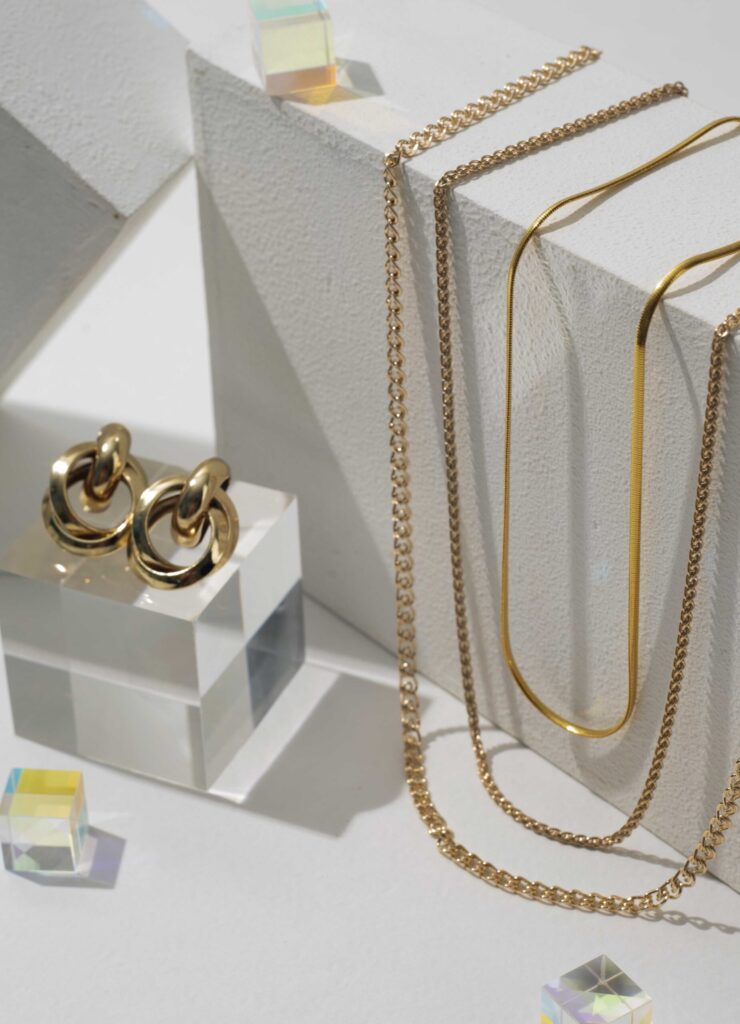


ورقة ذهبية:
- ورق الذهب هو عبارة عن صفائح رقيقة جداً من الذهب تُستخدم في العديد من التطبيقات التزيينية. وغالباً ما يتم استخدامه على الأعمال الفنية والهندسة المعمارية وحتى الطعام لإضفاء مظهر فاخر. ورق الذهب رقيق جداً لدرجة أنه يمكن أن يكون شفافاً، ويتطلب معالجة دقيقة أثناء الاستخدام.
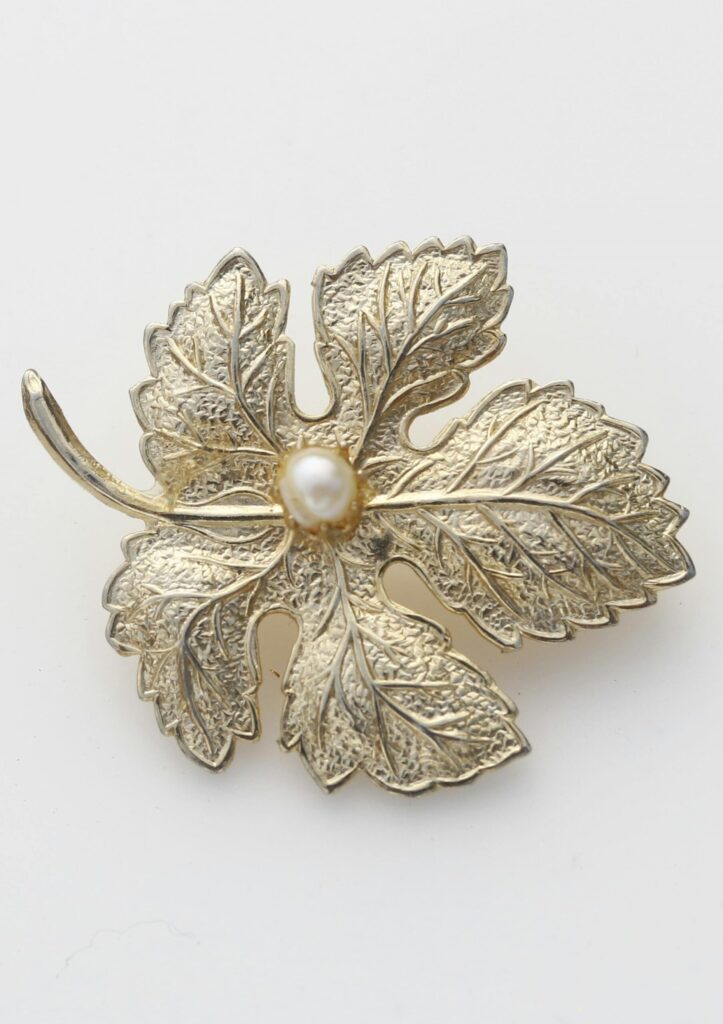
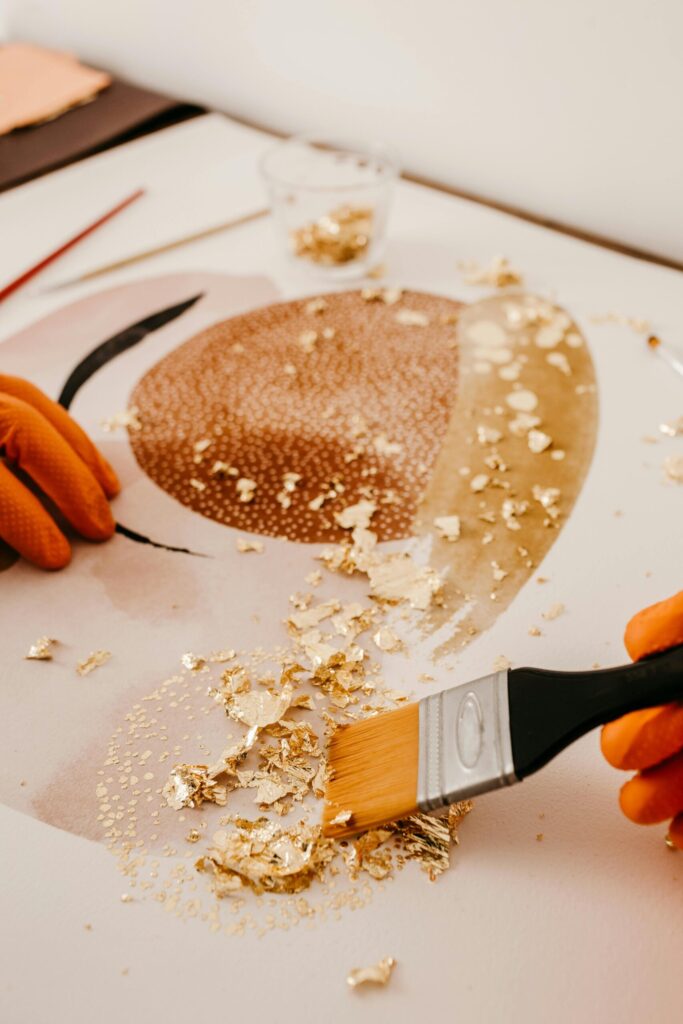
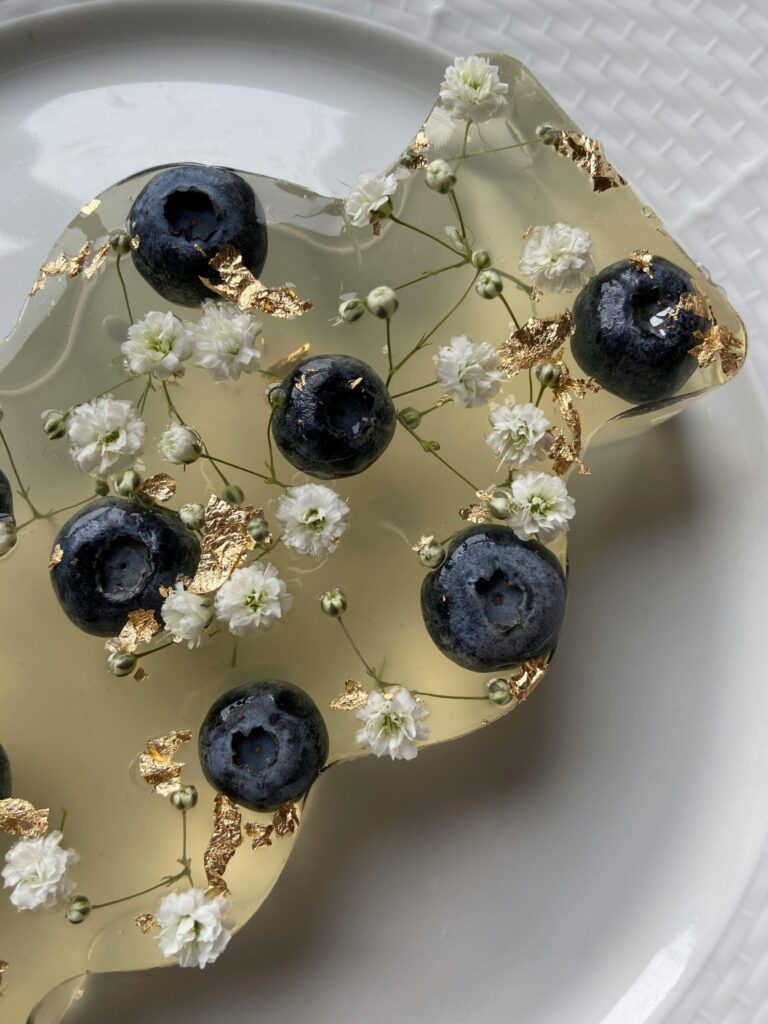
شذرات الذهب
- شذرات الذهب الطبيعي هي قطع من الذهب توجد في شكلها الخام، وعادةً ما تكون في مجاري الأنهار أو غيرها من التكوينات الجيولوجية. وتُعتبر شذرات الذهب من القطع الثمينة لدى هواة جمع الذهب لأشكالها وأحجامها الفريدة، فكل واحدة منها قطعة فنية طبيعية مميزة.

فهم قيراط الذهب
تُقاس درجة نقاء الذهب بالقراريط (K)، حيث تشير أرقام القيراط الأعلى إلى محتوى الذهب الأعلى. وفيما يلي تفصيل لتصنيفات القيراط الأكثر شيوعاً:
ذهب عيار 24 قيراط (24 قيراط):
- يُعتبر الذهب عيار 24 قيراطاً ذهباً نقياً، حيث يحتوي على 99.91 تيرابايت 3 تيرابايت من الذهب مع الحد الأدنى من الشوائب. وهو أكثر أشكال الذهب مرونة وليونة، مما يعني أنه يمكن تشكيله وتمديده دون أن ينكسر. ومع ذلك، وبسبب نعومته، لا يشيع استخدام الذهب عيار 24 قيراطاً في المجوهرات في بعض المناطق، حيث يمكن أن يخدش أو ينحني بسهولة.
ذهب عيار 22 قيراط (22 قيراط):
- يحتوي الذهب عيار 22 قيراطًا على 91.61 تيرابايت 3 تيرابايت من الذهب، بينما تتكون الكمية المتبقية 8.41 تيرابايت 3 تيرابايت من معادن أخرى مثل النحاس أو الفضة. هذه الكمية الصغيرة من السبائك تجعل الذهب أكثر متانة مع الاحتفاظ بلونه الأصفر الغني. وغالباً ما يُستخدم الذهب عيار 22 قيراطاً في المجوهرات عالية الجودة، خاصة في بلدان مثل شبه القارة الهندية، حيث يحظى الذهب اللامع ذو المظهر النقي بتقدير كبير.
ذهب عيار 21 قيراط (21 قيراط):
- يحتوي الذهب عيار 21 قيراطاً على 87.51 تيرابايت 3 تيرابايت من الذهب، بينما تتكون الكمية المتبقية وهي 12.51 تيرابايت 3 تيرابايت من معادن أخرى مثل النحاس أو الفضة. هذه الكمية الصغيرة من السبائك تجعل الذهب أكثر متانة مع الاحتفاظ بلونه الأصفر الغني. وغالباً ما يُستخدم الذهب عيار 21 قيراطاً في المجوهرات عالية الجودة، خاصة في بلدان مثل الشرق الأوسط، حيث يحظى الذهب اللامع ذو المظهر النقي بتقدير كبير.
ذهب عيار 18 قيراط (18 قيراط):
- يتألّف الذهب عيار 18 قيراطاً من ذهب عيار 75% ومعادن أخرى عيار 25%، مما يجعله خياراً شائعاً للمجوهرات الراقية. وتضيف المعادن المخلوطة قوة وصلابة، مما يسمح بتصميمات أكثر تعقيداً ومتانة. وغالباً ما يُستخدم الذهب عيار 18 قيراطاً في خواتم الخطوبة والساعات الفاخرة وغيرها من القطع التي تتطلب المتانة والمحتوى العالي من الذهب.
ذهب عيار 14 قيراط (14 قيراط):
- يحتوي الذهب عيار 14 قيراطاً على 58.31 تيرابايت 3 طن من الذهب و41.71 تيرابايت 3 طن من المعادن الأخرى، مما يوفر توازناً جيداً بين النقاء والمتانة والقدرة على تحمل التكاليف. وهذا يجعله خياراً شائعاً للمجوهرات اليومية، مثل خواتم الزواج والأساور. يميل الذهب عيار 14 قيراطاً إلى أن يكون لونه شاحباً قليلاً مقارنةً بالقراريط الأعلى، ولكنه لا يزال يُعتبر خياراً عالي الجودة.
ذهب عيار 10 قيراط (10 قيراط):
- الذهب عيار 10 قيراط هو الحد الأدنى لمعيار الذهب في العديد من البلدان، ويحتوي على 41.71 تيرابايت 3 تيرابايت من الذهب و58.31 تيرابايت 3 تيرابايت من المعادن الأخرى. وهو أكثر أشكال الذهب صلابة ومتانة، ولكنه أيضاً الأقل نقاءً وغالباً ما يكون لونه أكثر خفوتاً. وعادةً ما يُستخدم الذهب عيار 10 قيراط في خيارات المجوهرات الأقل تكلفة وفي القطع التي تتعرض للارتداء الثقيل.
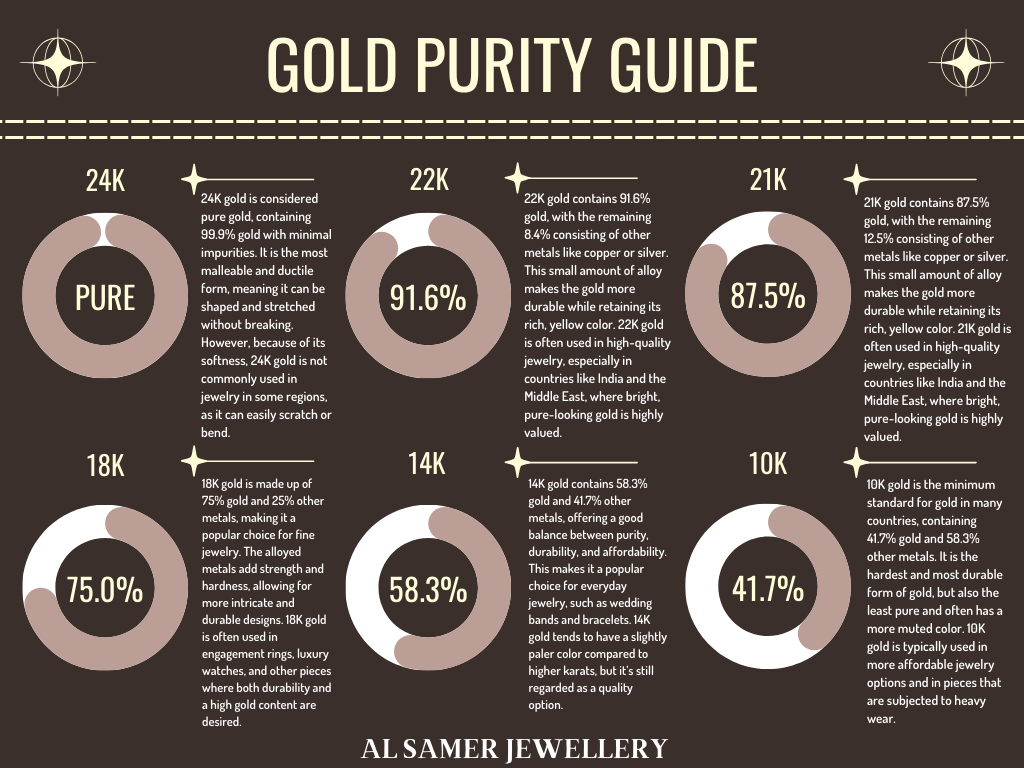
اختيار القيراط والشكل المناسبين:
عند اختيار الذهب، يعتمد القيراط والشكل المناسبين على الاستخدام المقصود والتفضيلات الشخصية. لأغراض الاستثمار، يُفضل اختيار القيراط الأعلى مثل عيار 24 قيراط و22 قيراط نظراً لارتفاع نسبة الذهب فيه. أما بالنسبة للمجوهرات، فإن الذهب عيار 21 قيراطاً و18 قيراطاً يوفران


